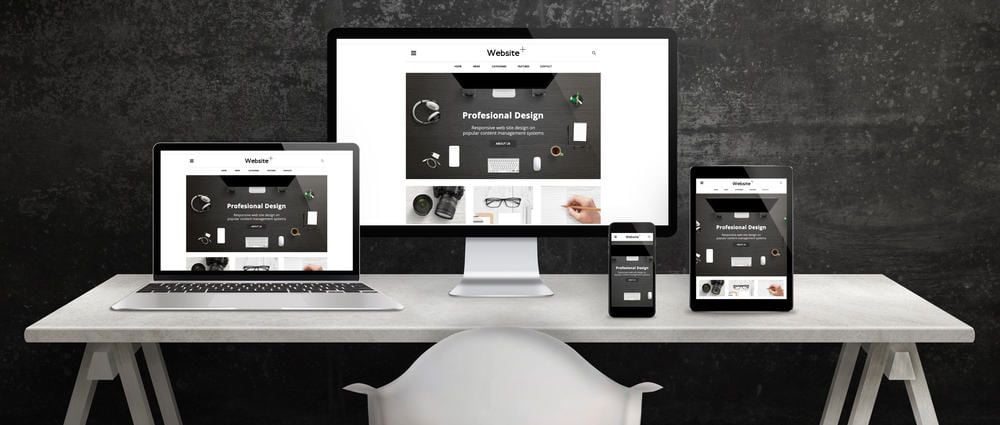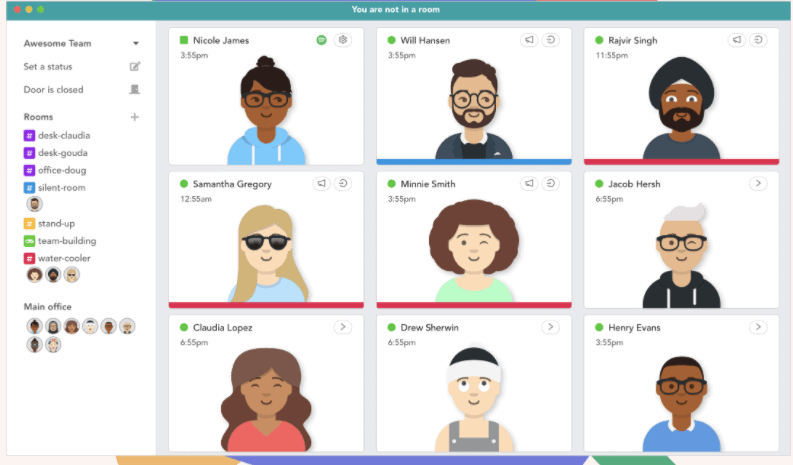How to See if You are Losing Web Leads with Your Current Website Design Strategy

Your company’s website can serve many purposes, and your website design strategy may range from informative, others are meant to persuade and for a majority of businesses it serves as a lead generation tool. While often overlooked, your website design strategy from a few years ago may be outdated, and if you haven’t considered optimizing your site based on your strategy, you are missing out on valuable leads.
Take into consideration, your strategy is to generate a lead from your website, and at one time you had a full-time designer, developer, and marketer working in tandem to either roll out or maintain that site. Over the years, the web design strategy may have become unclear, or you no longer had dedicated resources to optimize the site to keep it relevant and conducive to capturing leads. If this sounds familiar, you may be in need of new website design or at the minimum consider working with a software firm to optimize your website for not only lead conversions but also for search engine optimization.
Here are ways you can do a quick audit to check the current state of your website.
1. Have you clearly defined the path you want the visitor to take from your home page?
The highest percentage or your website traffic lands on your home page. Put yourself in the visitor’s shoes, within five seconds would you understand what your company offers and if the visitor finds it compelling, is it clear what the next step is? Do you have elegantly designed web forms and enticing and clear CTA buttons? If the user can’t easily see the path you want them to take, the likelihood is that they’ll leave your site.
2. Is your “About Us” page dated and not indicate any differentiators between you and your competitors?
Clients and customers in any stage of the buying process want to know about your company. They want to understand your company’s values, the people behind the vision, what sets your company apart and how you can help them solve a particular problem. If your about us page, has some headshot pics yet does not tell your story in a compelling illustrative way, then you may be losing business to another company that has a story that resonates with the audience.
3. How much friction is being caused by your Contact Us page?
The adage less is more is sometimes hard to swallow, but when it comes to the form on your contact us page, this is usually the best advice. Imagine the journey a visitor takes on your website before arriving at your contact us page. From the home page, about us page and maybe even a product page, you engaged them the entire way, and they are ready to connect. Then it happens, they land on your contact us page, with a form is longer than a W2. When identifying what fields to include in your contact us form, really think about the information you need to kick-off the dialogue. If you likely won’t call them, don’t ask for their telephone number or at least don’t make it mandatory. If you can easily find their company name, size and revenue in a later conversation, save it for then. The visitor does not yet know you and is likely to be more comfortable providing you with some basic info and then building a rapport with you once you’ve made contact.
Keep the form simple and look your analytics to see what the bounce rate is on the form. If people got to that page, they are interested, and if they are abandoning the page once served with the form requirements, then you have a clear indication that optimization is needed.
This list isn’t exhaustive and it’s meant to give you a head start to check the current health of your website design strategy. If it seems overwhelming and you’d like advice on how to tackle such a project, schedule a complimentary consultation with a strategist.









